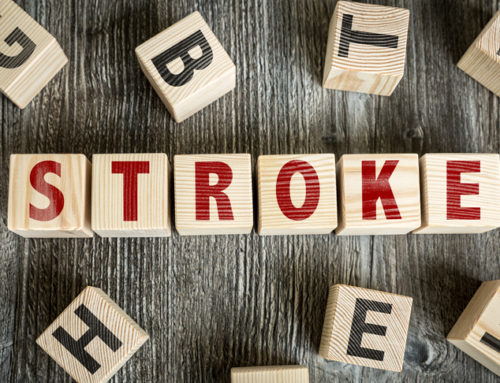It can be easy for the stroke patient to be overwhelmed with all of the stroke rehab exercises after you get out of the hospital. You should work with your therapist for the proper exercise instruction for you in your particular situation.
Our Zipper Rings make zipping your clothes easier.
However, below are a list of common stroke rehab exercises that you may do, after consulting with your physical therapist.
- Passive range of motion. This is in reference to an external force moving the body part, not the part moving on its own. An example is when you take your strong arm and move the weaker arm. Passive range of motion is key to keep your joints flexible and to avoid contracture. This problem can really interfere with the activities of daily living, so it is very important to keep your affected limbs moving.
- Active assistive range of motion or AAROM. This type of range of motion is used when the weaker limb is assisted all through the movement. The weak limb is helped, but it cannot do the work on its own. An example is where you partially lift your arm, and the therapist helps you to complete the motion. This can help to strengthen limbs that do not have full range of motion.
- Active range of motion, or AROM. This is when you can move a part of your body on your own without any assistance. Many patients with some movement on the weak side may not be strong enough yet to add resistance, and may do an active range of exercises. This will promote more flexibility, endurance and strength.
- Stretching exercises. Muscles can become tight after your stroke. Stretching regularly can help you to prevent joint contracture and shortening of muscles.
- Weight bearing exercises. These types of stroke rehab exercises may be unknown to patients but can be some of the most critical exercises that you do. Weight bearing may help to reduce the excessive tone that can occur after a stroke and can make your weak muscles stronger.
- Balance exercises. Many victims of stroke have poor balance. You need to first learn how to be balanced when you are sitting. These exercises will focus on making your core and trunk strong again.
- Gross motor skills. These are coordination exercises that will stress the fine tuning of large muscle movements, including throwing, walking and moving the limbs in a coordinated fashion.
- Fine motor skills. Hand dexterity is critical for picking up objects, feeding yourself, zipping your clothes, buttoning your clothes, writing and much more. You will be better able to use your hands after these exercises so you can manipulate small objects.
You should work with your physical therapist on many of these exercises over time. This way, you will be able to regain much of your former strength, and will be able to live as independently as you like.



